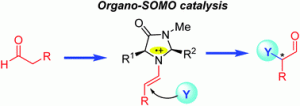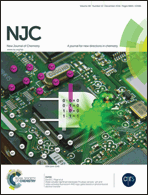 The last outside cover of the year 2016 is proposed by Dr David Magri (University of Malta). In their study, Dr Magri and his co-workers design and synthesize two novel ‘Pourbaix sensors’ based on a naphthalimide fluorophore according to a ‘fluorophore–spacer1–receptor–spacer2–electron-donor’ design. Their results contribute to the emerging number of intelligent molecular and supramolecular devices responsive to oxidants and pH. The authors are currently exploring the use of naphthalimide-based ‘Pourbaix sensors’ for molecular biosensing and environmental diagnostic applications.
The last outside cover of the year 2016 is proposed by Dr David Magri (University of Malta). In their study, Dr Magri and his co-workers design and synthesize two novel ‘Pourbaix sensors’ based on a naphthalimide fluorophore according to a ‘fluorophore–spacer1–receptor–spacer2–electron-donor’ design. Their results contribute to the emerging number of intelligent molecular and supramolecular devices responsive to oxidants and pH. The authors are currently exploring the use of naphthalimide-based ‘Pourbaix sensors’ for molecular biosensing and environmental diagnostic applications.
Water-soluble naphthalimide-based ‘Pourbaix sensors’: pH and redox-activated fluorescent AND logic gates based on photoinduced electron transfer
Alex D. Johnson, Kyle A. Paterson, Jake C. Spiteri, Sergey A. Denisov, Gediminas Jonusauskas, Arnaud Tron, Nathan D. McClenaghan and David C. Magri*.
New J. Chem., 2016, 40, 9917-9922. DOI: 10.1039/C6NJ02023B.
You can access the entire table of contents of the December issue of NJC here.












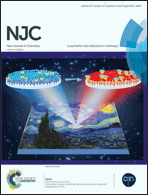
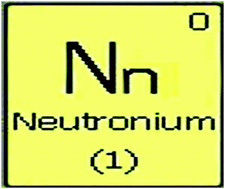
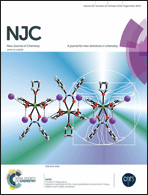





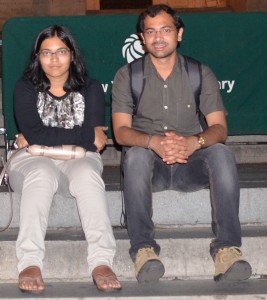
 From January – March, our most downloaded NJC articles were:
From January – March, our most downloaded NJC articles were:






